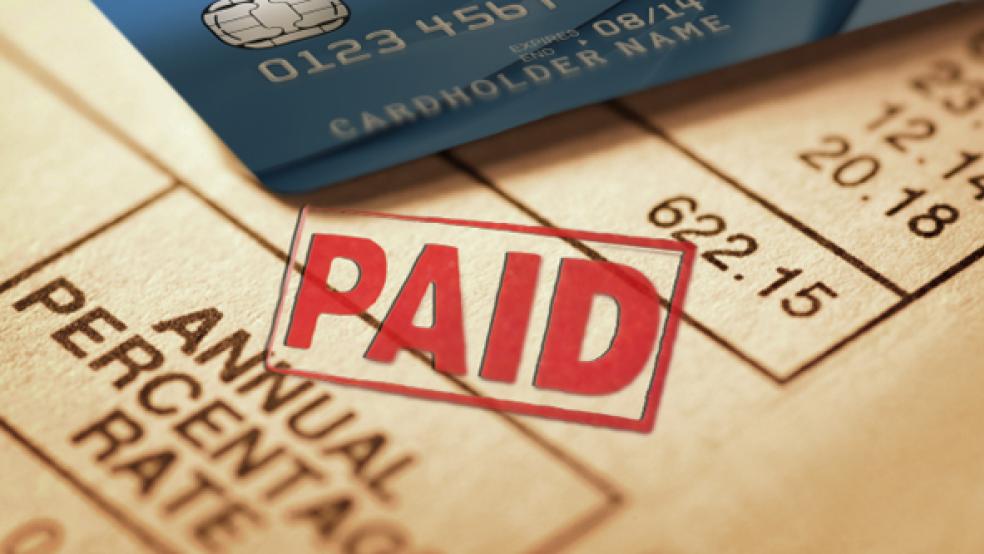Fewer Americans defaulted on their credit cards in August and mortgage default rates held steady, but that may not be enough to boost the struggling economy.
The Standard & Poor’s/Experian Consumer Credit Default Indices showed the default rate on bank credit cards fell to 5.26 percent in August from 5.64 percent in July. The rate of defaults on first mortgages slipped to 1.92 percent from 1.93 percent, although on second mortgages the rate rose slightly to 1.27 percent from 1.25 percent.
"While there were some moderately mixed results, the overall picture is broadly optimistic," David M. Blitzer, managing director and chairman of the Index Committee for S&P Indices, said in a statement. “Bank cards traditionally have the highest default rate so the decline is a good sign.” The default rate in Miami, 4.52 percent, was its lowest since October 2007.
Chase, Discover, American Express, and Bank of America all reported fewer defaults and delinquencies in August, according to a separate report from LowCards.com, a website that analyzes the credit-card industry and compares rates. Charge-offs and late payments peaked in August 2010 and have declined steadily since then, according to LowCard.
But not everyone thinks the decline in defaults is necessarily good news. “We haven’t seen anything to rock our expectations” for the economy, says Laurence Kotlikoff, professor of economics at Boston University, who predicts slow growth for the next year or two but not a double dip. “When you have a recession like the one we experienced, bankers are suspicious of who they lend to and prefer high quality borrowers” who are less likely to default, he adds. “It could be that very high-quality borrowers are getting the loans and others aren’t.”
The U.S. economy is heavily dependent on consumer spending, which accounts for some 70 percent of GDP. Consumer spending was virtually unchanged in August compared with July, according to Commerce Dept. data, although retail sales rose from a year earlier.
Meantime, credit-card balances are dropping, according to the latest Federal Reserve Consumer Credit Report. Revolving credit, which is made up primarily of credit-card debt, dropped $3.4 billion to $792.5 billion in July -- an annual decline of 5.2 percent.
“Issuers and borrowers are still conservative with lending and borrowing, even with interest rates at historic lows" Bill Hardekopf, CEO of LowCards.com, said in a statement. He noted that many borrowers who could not pay off their debt have already defaulted, while credit-card issuers closed risky accounts, cut credit limits on millions of accounts, and tightened lending standards to cut their risk of defaults and late payments.

